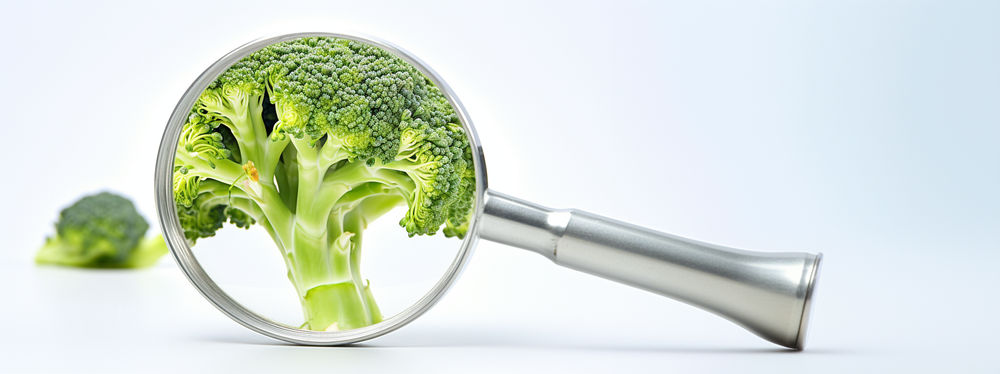Plant protection products: More clarity about residues in food
German Federal Institute for Risk Assessment proposes new indicator to identify risks in order to improve consumer safety
Advertisement
To what extent are residues of plant protection products contained in food? With a new orientation value (status indicator) established within the scope of the National Action Plan (NAP) for the sustainable use of plant protection products, the German Federal Institute for risk assessment (BfR) wants to create more clarity for consumers. This indicator should give information on total intake of Plant protection product residues from food. The three categories of low, moderate and high intake to which the active substances in the plant protection products can then be allocated are essential here. "Consumer safety is strengthened by these valuable indicators for risk identification," says BfR President Professor Dr. Dr. Andreas Hensel. "Politics benefits from this too, because it is then easier to take specific measures to protect the population".

Bild von emersonbegnini auf Pixabay
In future, foods offered for sale on the German market are to have even fewer plant protection product residues above the maximum permitted level than is currently the case. This is one of the goals of the National Action Plan, under the auspices of which the BfR proposals were made.
Although foods are allowed to contain traces of pesticides, these may not exceed a legally determined maximum level. In principle, maximum residue levels of plant protection products in foods are set so low that they do not pose a health risk to consumers. In the vast majority of cases, a toxicological limit value such as the acute reference dose (ARfD) is only reached with much higher concentrations, meaning that a health risk can then no longer be excluded.
The percentage of samples from German food monitoring in which the maximum levels of plant protection product active substances is exceeded has been determined annually up to now. The BfR has proposed supplementation of the indicator used up to now. In future, not only the number of times a maximum level is exceeded should be recorded but also the number of ARfD exceedances. As a rule, fewer than ten (from several thousands) of food samples per year are affected by an exceedance of the ARfD, with this figure lying at seven in 2017, for example. Particular attention is paid here to foods imported to Germany. Although the same maximum levels apply here as they do for domestic foods, they are exceeded more often.
The BfR has also recommended the introduction of a new status indicator which gives information on total intake of plant protection product residues with food. Short and long-term uptake (exposure) are to be determined regularly on the basis of data provided by German consumption studies and food monitoring data. Monitoring is built up in six-year cycles in which the most important foods are examined so that an overall statement representative for all of Germany can be made. The next cycle ends with the monitoring data for the year 2020. Thereafter, the BfR will determine exposure for all examined plant protection product active substances and compare it with each respective toxicological limit value. Recommended courses of action for risk management can be derived from the results.
The NAP Forum, a committee which advises the national government, accepted both BfR proposals in February 2019 and recommended their approval by the national government.
As a further step, the BfR is planning the development of indicators with which it can be assessed how successful measures are which are intended to make the use of plant protection products safer.
Other news from the department business & finance
Most read news
More news from our other portals
See the theme worlds for related content
Topic world Food safety
Food safety is at the heart of the food and beverage industry. It ensures that the food we eat every day is not only nutritious, but also free of harmful contaminants. From field to plate, the industry monitors and regulates every step of the process with strict quality controls, advanced testing methods and continuous research.

Topic world Food safety
Food safety is at the heart of the food and beverage industry. It ensures that the food we eat every day is not only nutritious, but also free of harmful contaminants. From field to plate, the industry monitors and regulates every step of the process with strict quality controls, advanced testing methods and continuous research.
































































